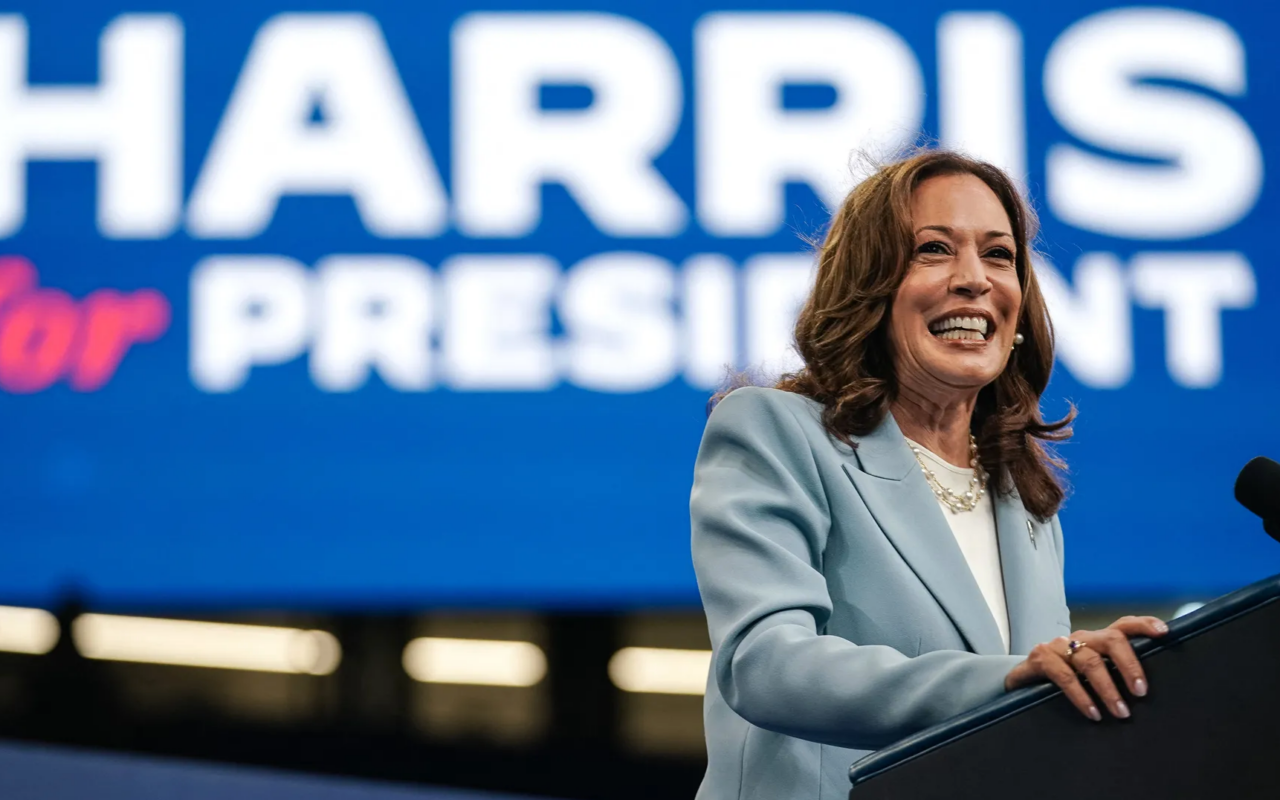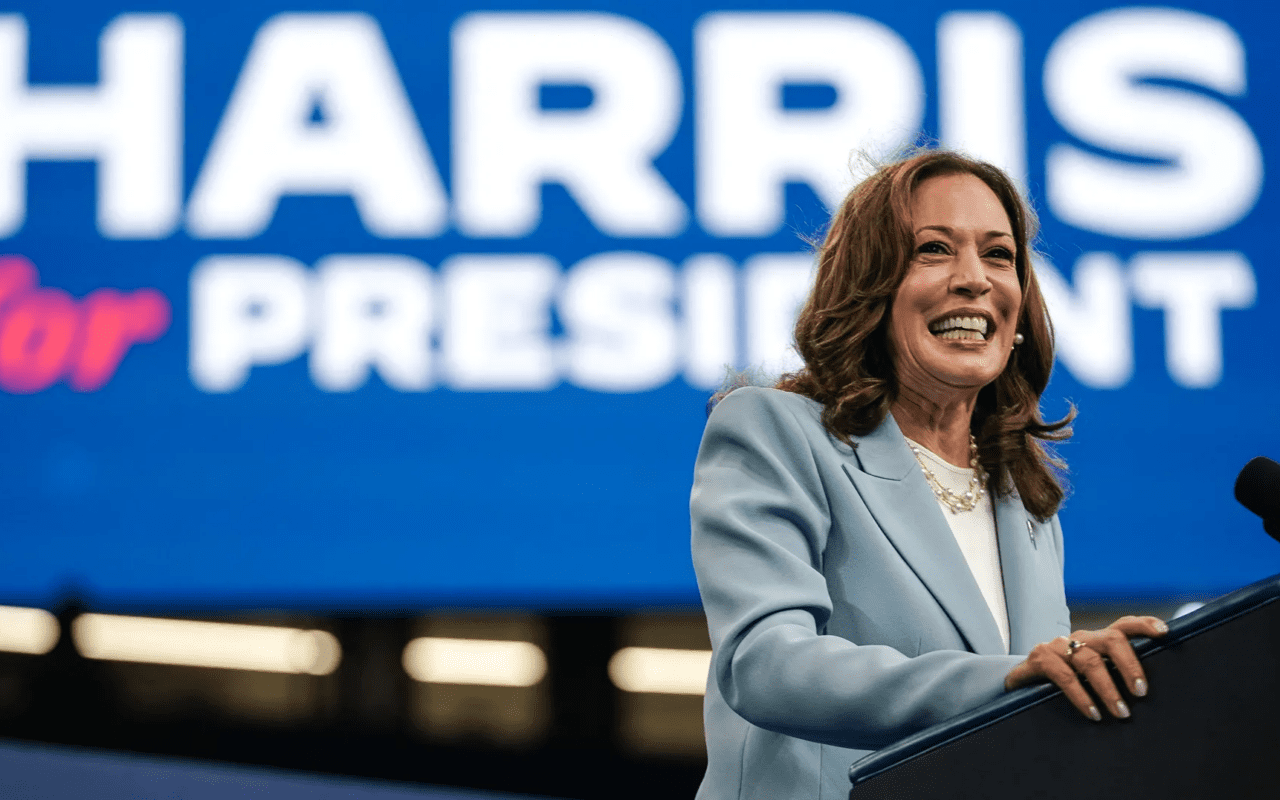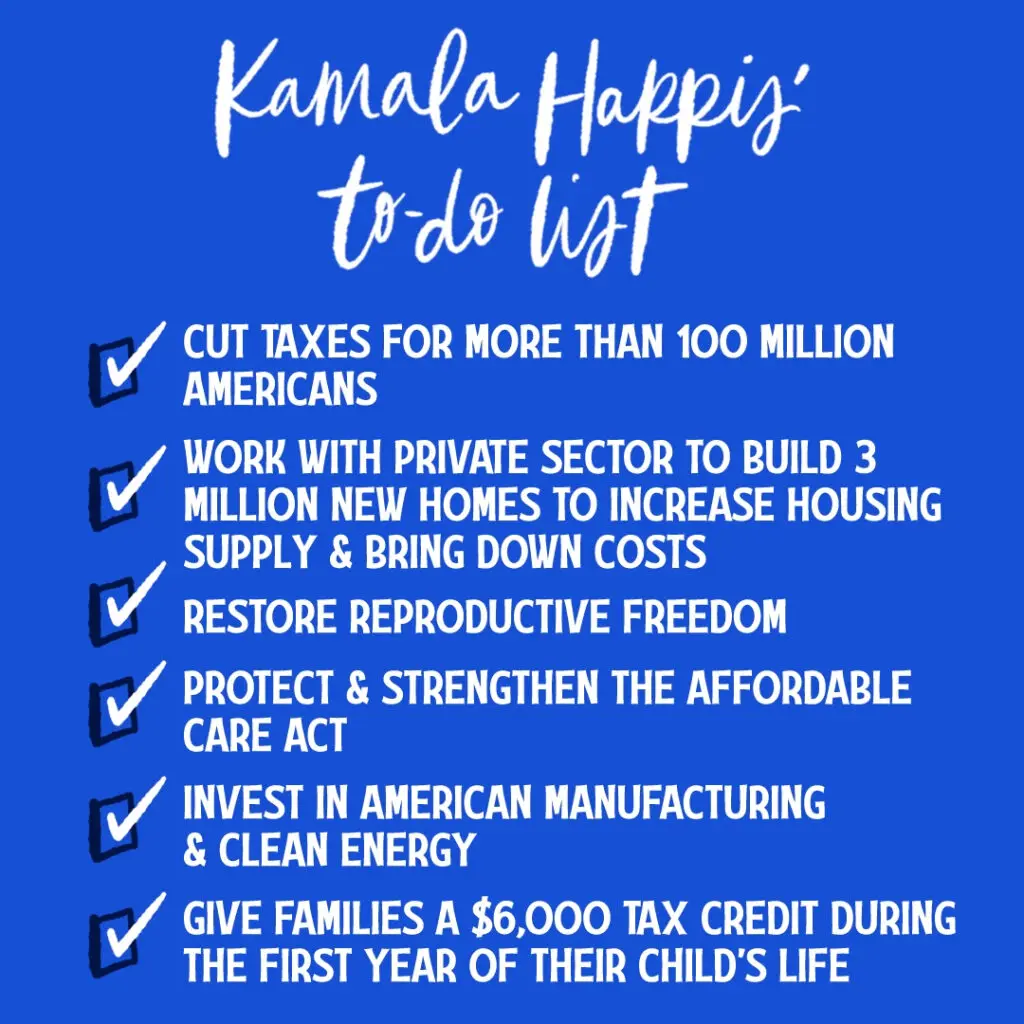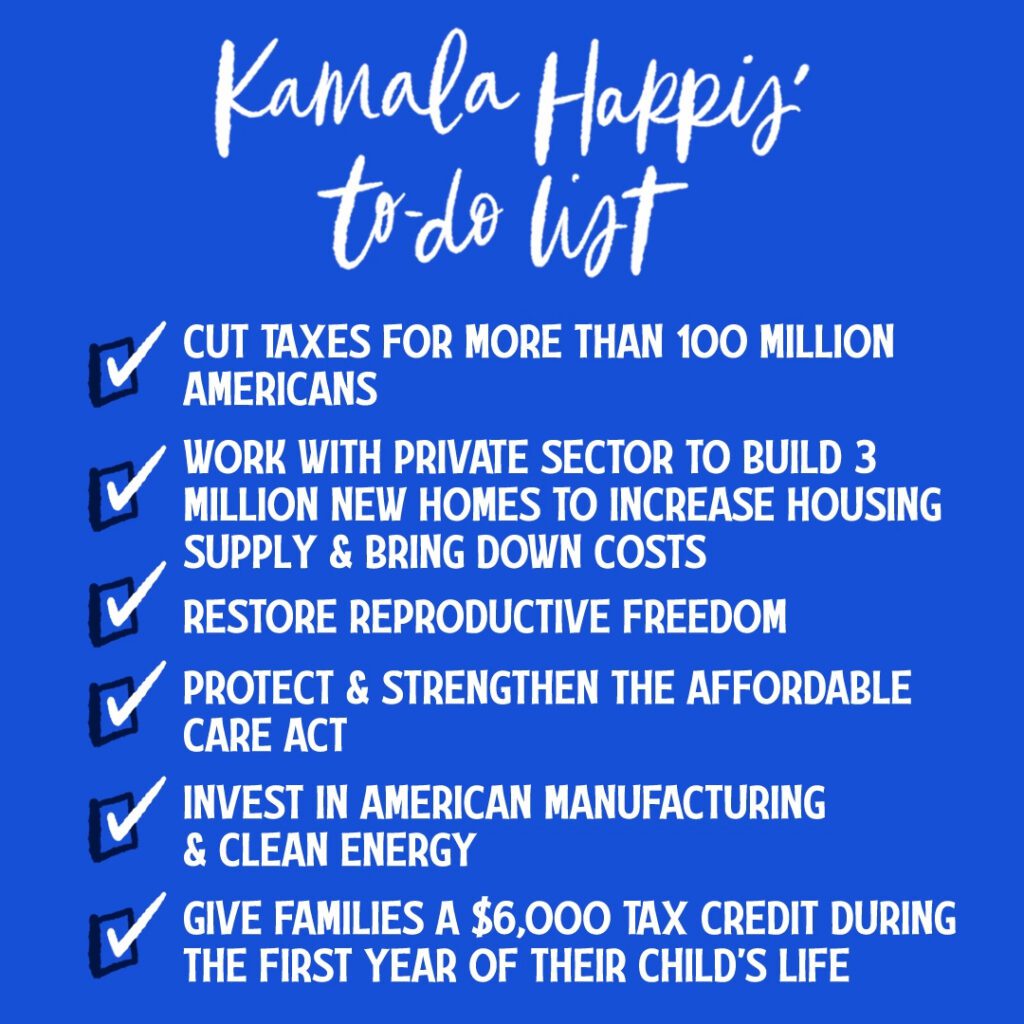Effective Altruism and Longtermism are relatively recent (since the late 2000s) twin philosophical movements making the claim that, as a human species, we ought to prioritize impacting the long-term future of humanity — hundreds, thousands, or millions of years from now — over and above any concerns for actual humans alive today. Largely inspired by utilitarianism, it favors questionable metrics like “lives saved per dollar” in its quest to not just do good, but “do the most good.”
Longtermism is an outgrowth of Effective Altruism (EA), a social movement developed by philosophers Peter Singer and William MacAskill. It emphasizes the moral importance of trying to shape the far future, and adherents argue that the long-term consequences of our actions far outweigh their short-term effects because of the potential of vast numbers of future lives. In other words, future people will outnumber us at such a scale that, by comparison to this imaginary future universe, our current-day lives are not very important at all.
It has numerous and powerful adherents among the Silicon Valley elite including Trump bromance Elon Musk, tech billionaire Peter Thiel (who spoke at the RNC in 2016), indicted and disgraced crypto trader Sam Bankman-Fried, Twitter and Square founder Jack Dorsey (who is good friends with Elon), OpenAI‘s CEO Sam Altman, Ethereum founder (and Thiel fellow) Vitalik Buterin, co-founder of Asana Dustin Moskovitz, and others.
Why longtermism resonates with tech oligarchs
The tech-industrial complex is steeped in the idea of longtermism in part because it aligns so well with so many of their values:
- technological optimism / techno-utopianism — the belief that technology is the solution to all of humanity’s greatest challenges
- risk-taking mindset — venture capital is famous for its high-risk, high-reward mentality
- Greatness Thinking — unwavering devotion to an Ayn Randian worldview in which only two groups exist: a small group of otherworldly titans, and everyone else
- atomized world — social groups and historical context don’t matter much, because one’s personal individualized contributions are what make real impact on the world
The dubious ethics of effective altruism
Although it positions itself high, high above the heady clouds of moral superiority, EA is yet another in a long line of elaborate excuses for ignoring urgent problems we actually face, in favor of “reallocating resources” towards some long-distant predictively “better” class of people that do not currently exist and will not exist for thousands, millions, or even billions of years. It’s an elaborate excuse framework for “billionaires behaving badly” — who claim to be akin to saints or even gods who are doing the difficult work of “saving humanity,” but in reality are navel-gazing into their vanity projects and stroking each others’ raging narcissism while completely ignoring large, looming actual dangers in the here and now like climate change, systemic inequality, and geopolitical instabillity to name a few.
Continue reading Effective Altruism and Longtermism: Twin ideologies driving tech billionaires









